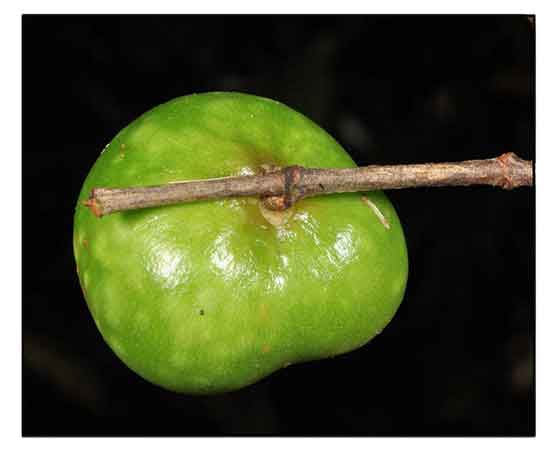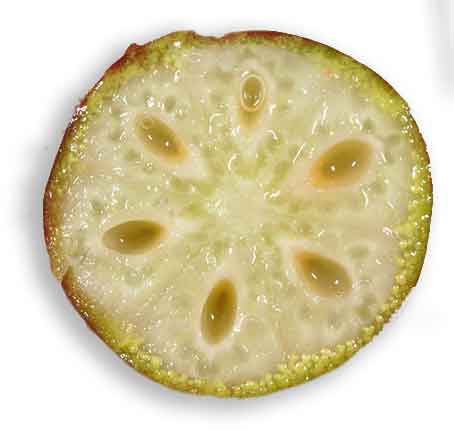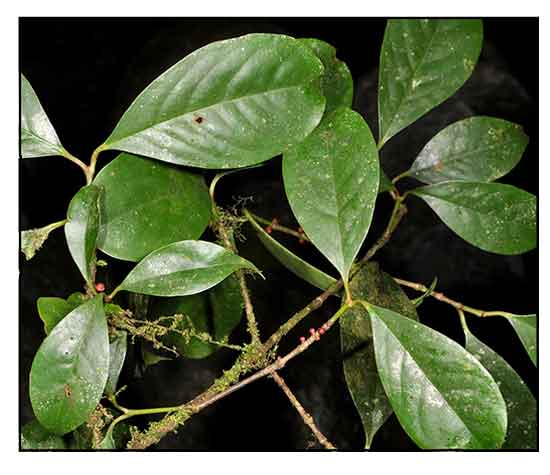
Family • Clusiaceae
Kamandis
Garcinia rubra Merr.
KAMANTIIS
| Scientific names | Common names |
| Garcinia rubra Merr. | Kamandis (Tagalog) |
| Kamandiis (Tagalog) | |
| Kamantiis (Bikol) | |
| Kandiis (Sulu) | |
| Pagit (Manobo) | |
| Garcinia rubra Merr. is an accepted species. KEW: Plants of the World Online | |
November 2023
![]()
 |
| PHOTOS / ILLUSTRATIONS |
| IMAGE SOURCE: Clusiaceae : Garcinia rubra / Fruit / Copyright © 2018 by P B Pelser & J F Barcelona (contact: [email protected]) [ref. DOL30940] / Non-Commercial Use / image modified / click on image or link to go to source page / Phytoimages.siu.edu |
| OTHER IMAGE SOURCE: Clusiaceae : Garcinia rubra / Cross section of fruit / Copyright © 2019 by P B Pelser & J F Barcelona (contact: [email protected]) [ref. DOL142539] / Non-Commercial Use / image modified / click on image or link to go to source page / Phytoimages.siu.edu |
| OTHER IMAGE SOURCE: Clusiaceae : Garcinia rubra / Twig with flower buds / Copyright © 2013 by P B Pelser & J F Barcelona (contact: [email protected]) [ref. DOL72054] / Non-Commercial Use / image modified / click on image or link to go to source page / Phytoimages.siu.edu |
Additional
Sources and Suggested Readings |
• |
DOI: It is not uncommon for links on studies/sources to change. Copying and pasting the information on the search window or using the DOI (if available) will often redirect to the new link page. (Citing and Using a (DOI) Digital Object Identifier) |
| List of Understudied Philippine Medicinal Plants |
| New plant names needed The compilation now numbers over 1,300 medicinal plants. While I believe there are hundreds more that can be added to the collection, they are becoming more difficult to find. If you have a plant to suggest for inclusion, native or introduced, please email the info: scientific name (most helpful), local plant name (if known), any known folkloric medicinal use, and, if possible, a photo. Your help will be greatly appreciated. |
• |
 |


 Constituents
Constituents
